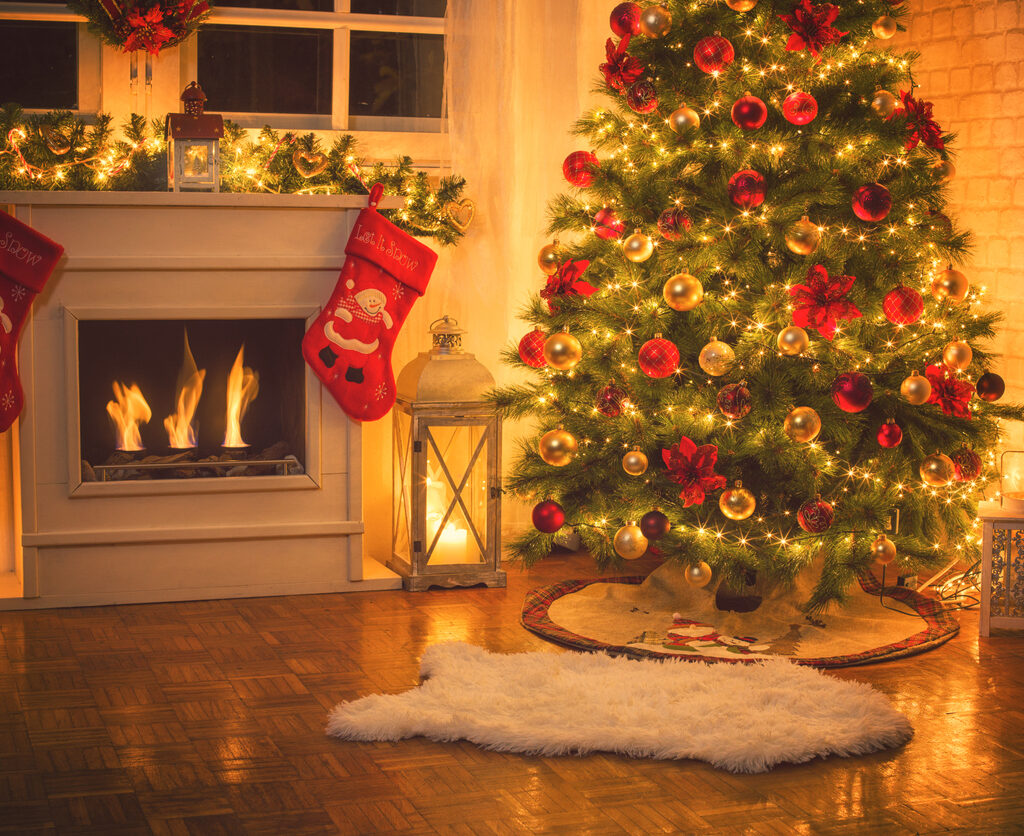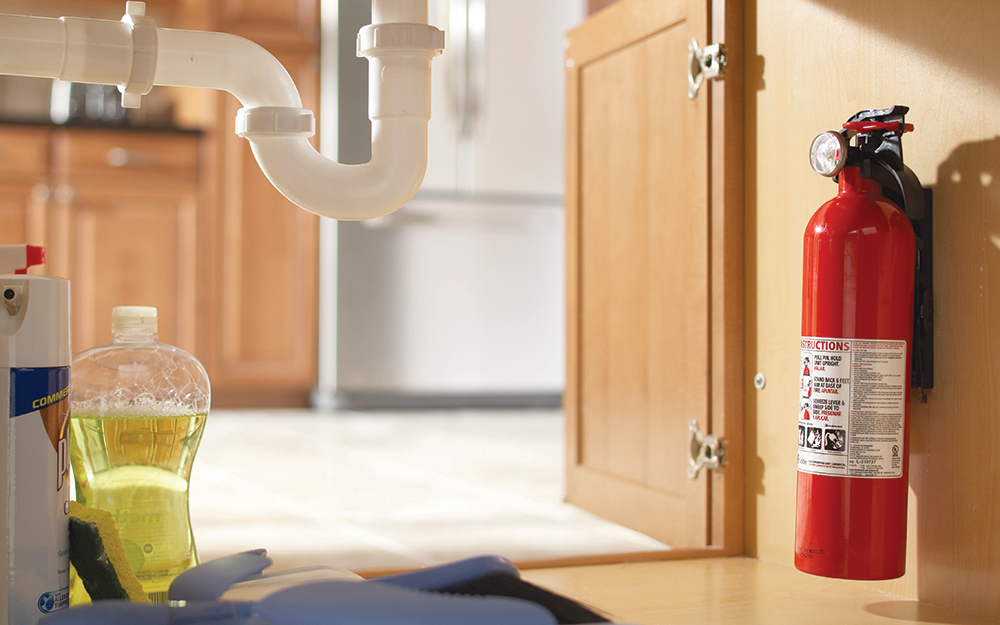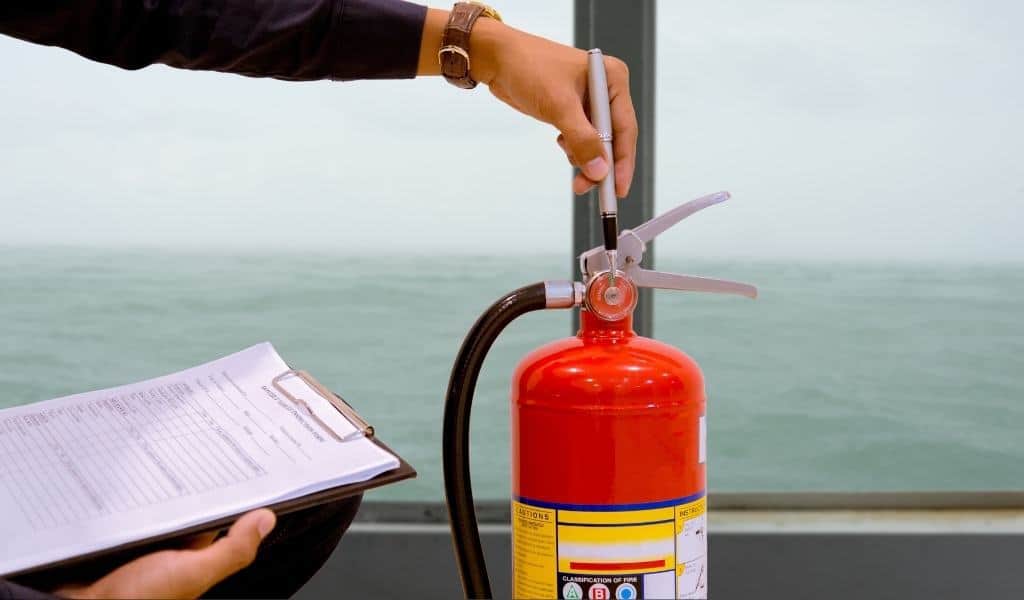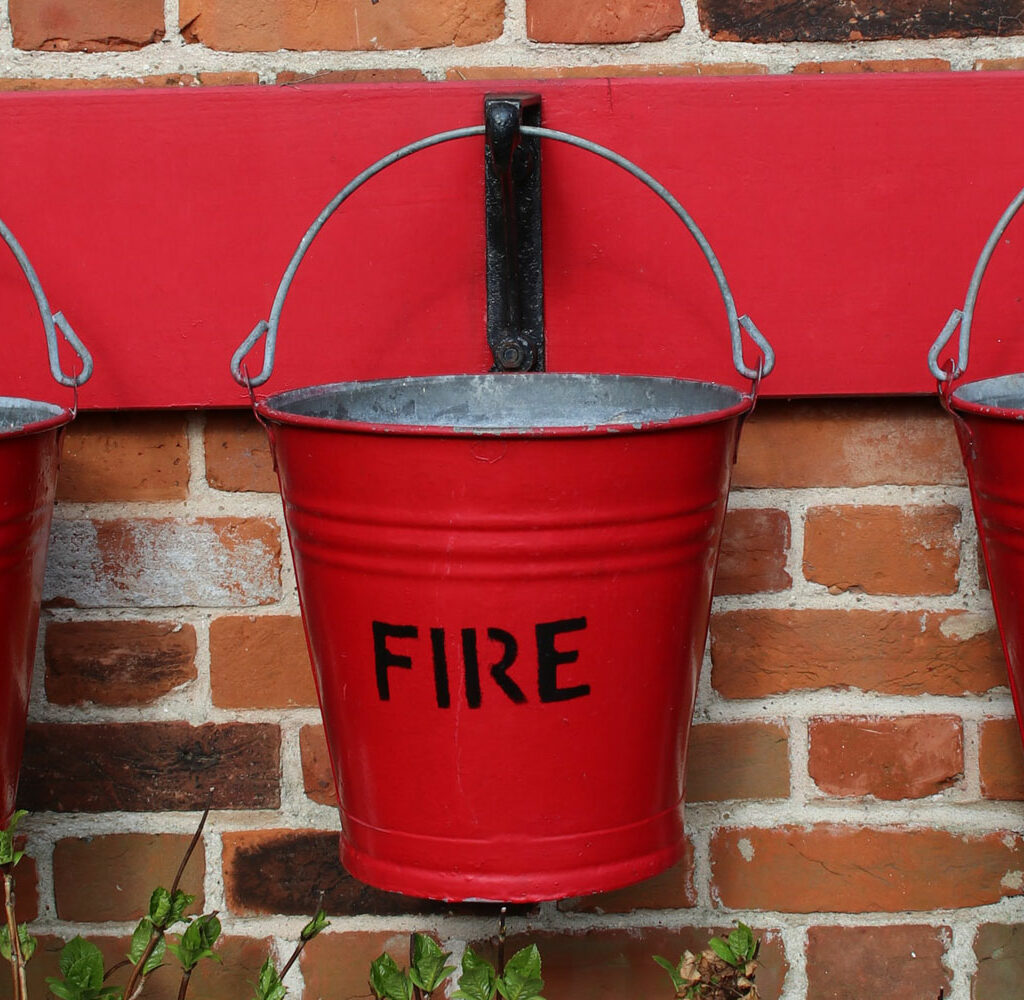The basic fire safety regulations for signs are as follows. According to this legislation, workplaces should follow the below stipulations:
- All fire safety signs should clearly and effectively mark escape routes and exits
- Fire doors and escape routes must be clearly marked
- Signage must be displayed along an exit route
- All fire safety signs should be illuminated
- Escape route signs should feature direction arrows
- Emergency exit signs above fire doors should not have arrows
- All fire escape route signs should be in picture form
- Braille and tactile fire safety signage should also be displayed
- Signage should be visible from a distance and at an appropriate height
- Employees should be trained in the use of fire extinguishers
- Employees should be aware of the location fire alarms
- Employees should be trained in what to do in the event of fire
- All fire-fighting equipment must be clearly identified
What are the Fire Safety Signs?
Fire safety signs are designed to provide safety information, warnings about hazards, or to give information. Fire safety signs and symbols come in the different colours such as red, green, yellow or blue. In the fire safety regulations for signs it states how signs must be visible. Therefore quite often, fire safety signs are photo-luminescent so that they can be seen in the dark or through smoke.
There are four main categories of fire safety signs:
Fire Action Notice Signs
These signs provide information on what to do in case of fire. They will display the phone number of the fire brigade, what exits to use if there is a fire, where the assembly points are, and any additional information. Fire action notices must be displayed by fire alarms and at final exit doors.
Fire Exit, Fire Door and Fire Assembly Signs
Although some premises that have simple layouts may not require fire exit signs, they are mandatory for complex buildings. Some premises may require directional signs that show the shortest escape routes.
Fire doors must carry a sign that states: ‘Fire door, keep shut’. Some fire doors will require signage that provides instructions on how to open the door.
Fire assembly signs show where employees or inhabitants must gather once they have exited the building. The assembly point should be far enough away from the premises to avoid hazardous debris and ensure that the emergency services personnel can operate without hindrance. Assembly points should be accessible for old, young, or disabled people.
Fire Equipment and Fire Alarm Signs
If a fire breaks out, then employees will need to know what firefighting equipment they should use and where to access it. These signs will usually be affixed to the walls next to fire extinguishers or on the extinguishers stands themselves.
Fire alarm signs must be clearly positioned next to alarms and call-points. They will often have fire action notices next to them to provide information for the person who is raising the alarm.
Warning and Prohibition Signs
Warning signs alert employees to fire hazards on the premises. This can include flammable substances such as gas, chemicals or oil. Prohibition signs are used to stop people from engaging in activities that may heighten fire risks, for example, smoking or using naked flames. Warning and prohibition signs are often grouped together.
What do Blue Signs Mean in Fire Safety?
Blue safety signs contain information on mandatory actions that must be carried out to maintain fire safety. They are circular and feature white text or graphics.
What do Red Signs Mean in Fire Safety?
Red fire safety signs provide information on the location of firefighting equipment, supplementary information, or information on prohibited actions. Prohibition signs are circular with red borders, white backgrounds and black text and graphics. Fire equipment signs are square shaped with red backgrounds featuring white text and graphics.
What do Yellow Signs Mean in Fire Safety?
Yellow fire safety signs are warning signs that provide information on flammable substances in the immediate area. They are usually – although not always – triangular in shape with yellow backgrounds, black borders and black text and graphics.

 Cart is empty
Cart is empty 




























